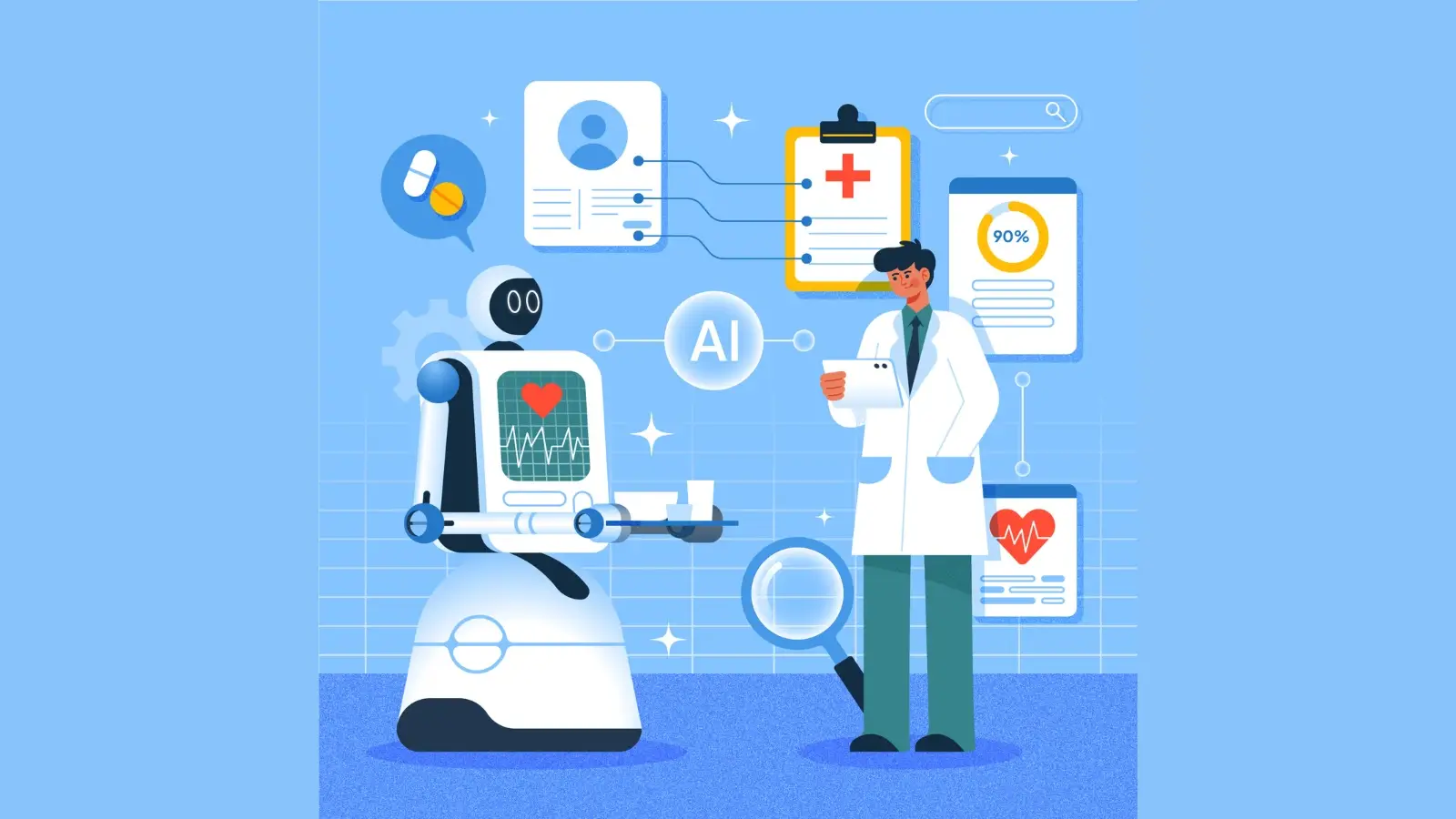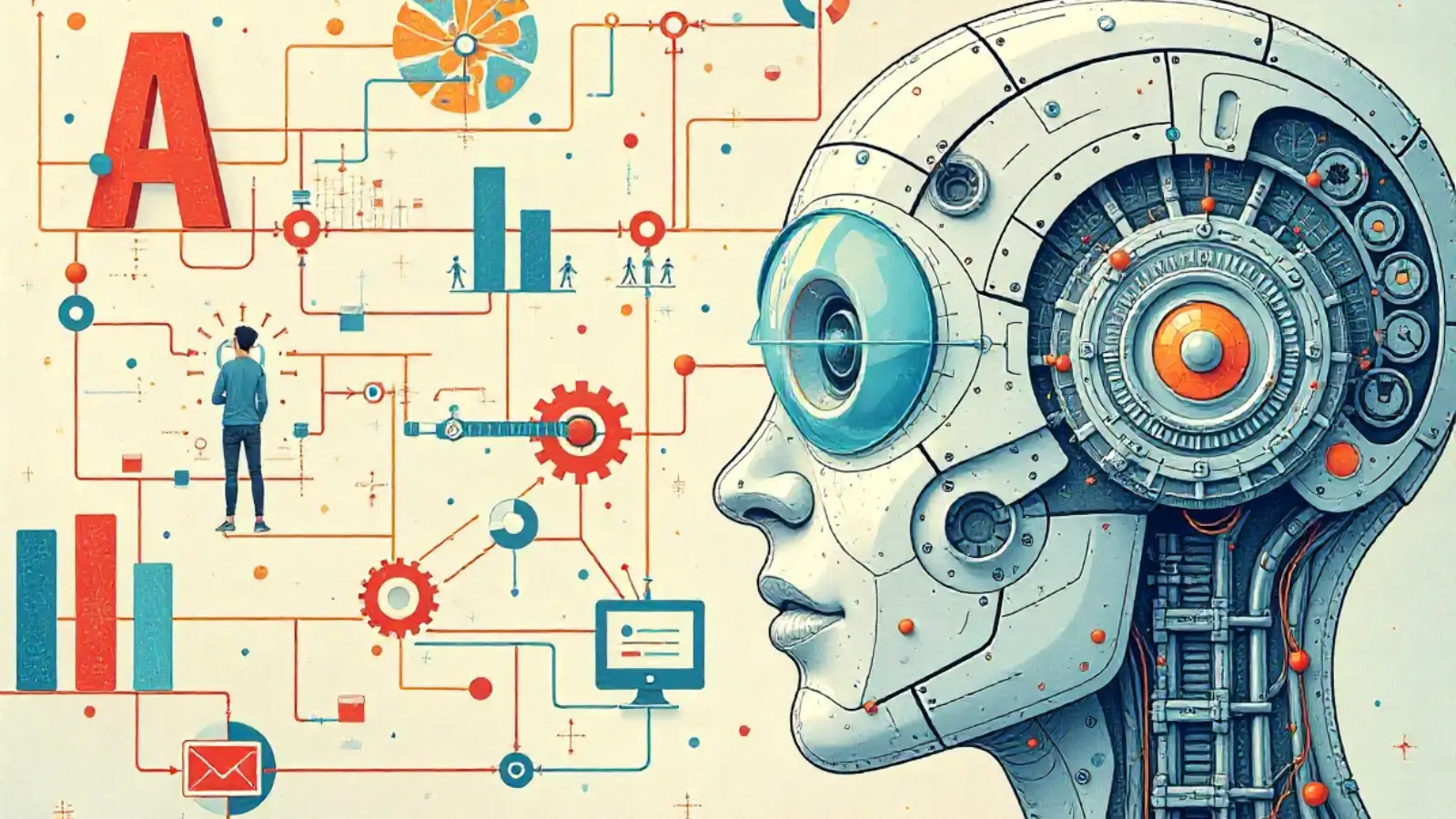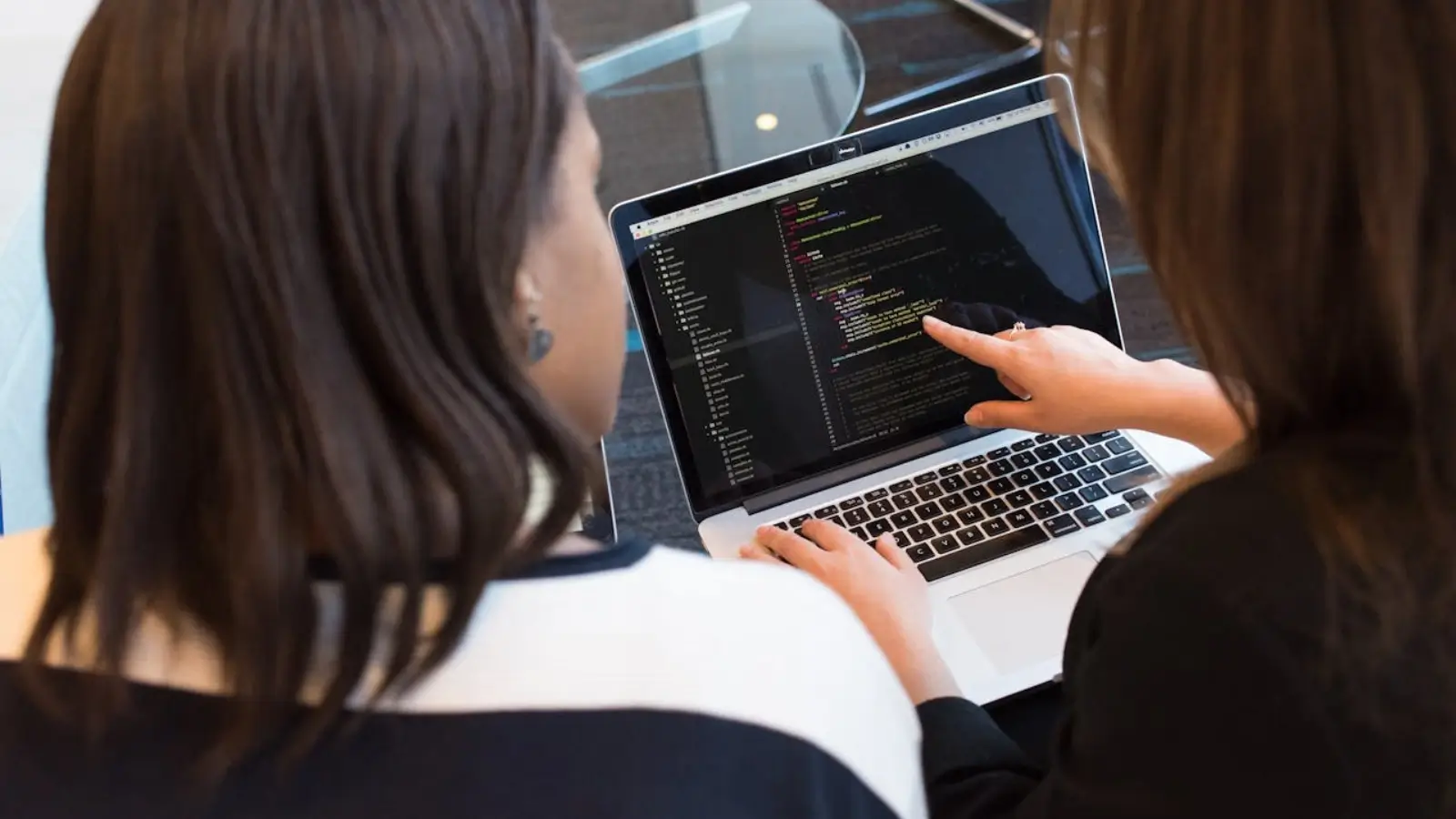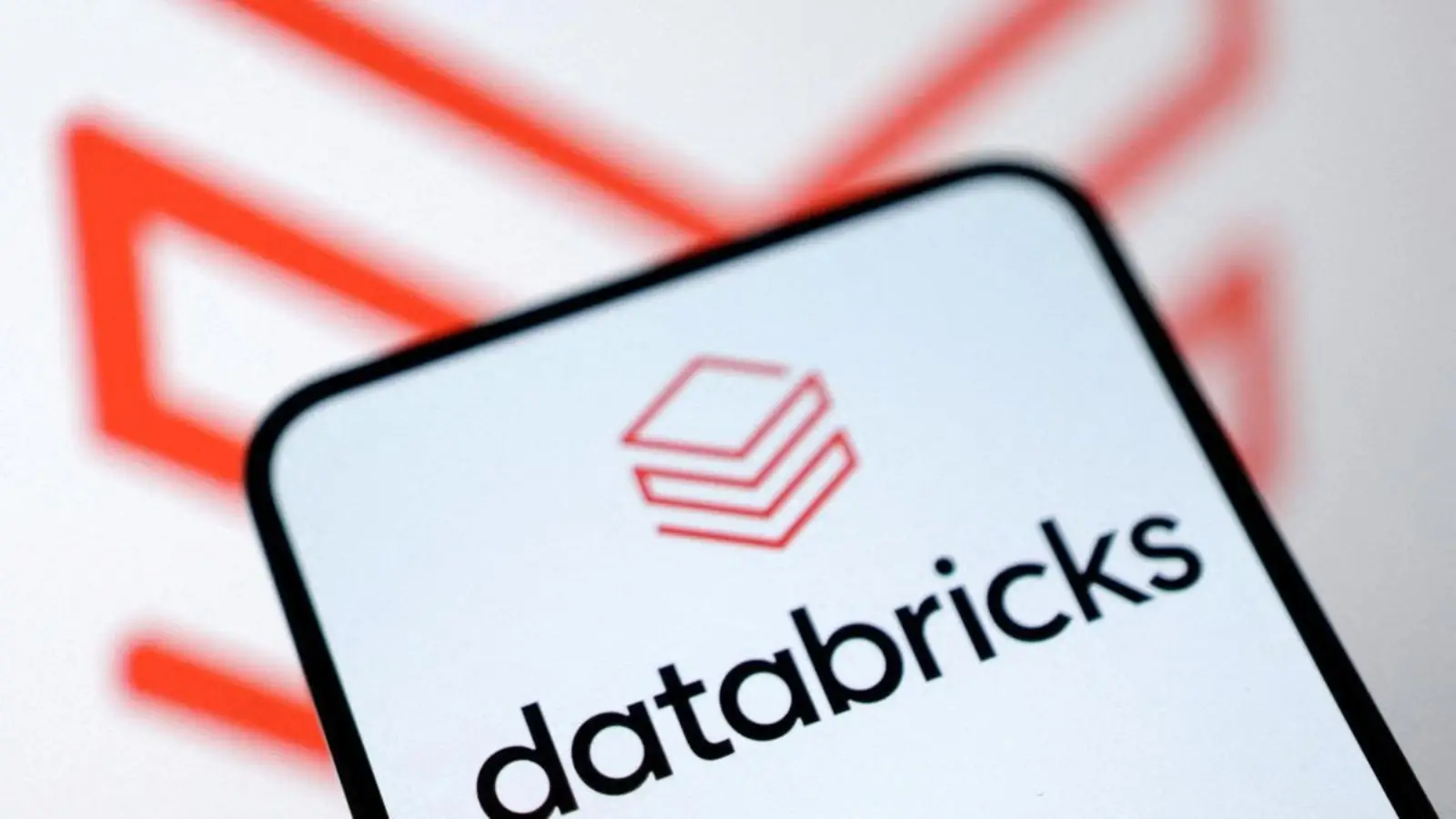You tap your screen. An app loads. It knows what you want. Somehow. The suggestions feel personal—eerily so. Was it reading your mind? Not quite. It’s mathematics—deep, invisible structures guiding your digital shopping journey. Mathematical models, often buried beneath buzzwords like “AI-powered,” are the silent architects of your online retail experience. They don’t sleep, don’t blink, and never forget your clicks. Let’s dig beneath the shiny interface of shopping apps and see what’s really pulling the strings.
Beyond Algorithms: The Math Under the Hood
Let’s strip it down. Artificial intelligence sounds futuristic, but at its core? Numbers. Probabilities. Optimization. Most AI-powered apps rely on mathematical models—think linear regressions, decision trees, Bayesian networks, neural networks—to process massive data streams.
One customer’s clicks? A data point. Ten thousand customers? A pattern. A million? A trend. These models look for it all.
Recommendation engines, for instance, are built on collaborative filtering and matrix factorization. Sounds complicated? In simple terms: if Jane buys red sneakers and you bought the same socks Jane did last week, guess what? Red sneakers are now showing up on your feed.
But this isn’t a one-size-fits-all. Different shopping apps implement different models depending on what they prioritize—speed, accuracy, personalization, or novelty.
Real-Time Decisions, Not Magic
Ever notice how fast those suggestions pop up after one product search? That’s not a coincidence. It’s real-time inference, powered by predictive models.
These models rely on Markov chains or Hidden Markov Models to predict your next move. A bit like digital chess, where every action you take helps the AI guess your next one. Now imagine 50 million people making moves at the same time. The system doesn’t flinch.
Statistical modeling takes it further. Using regression analysis, the app can estimate the likelihood you’ll buy an item at a certain price point, or how a sale might nudge you toward checkout. Some platforms even use multi-armed bandit models—yes, like slot machines—to test different interfaces or promotions, adjusting based on what gets clicks.
And here's something wild: According to a 2023 survey by McKinsey, companies that use advanced AI modeling in retail saw a 25% increase in customer engagement and a 30% increase in conversion rates.
Personalization Is Math in Disguise
We like to think we’re unique. AI agrees—with conditions. Shopping apps personalize your experience based on complex clustering algorithms. These group users into buckets with similar behavior: impulse buyers, deal hunters, brand loyalists, window shoppers. You don’t know which one you’re in, but the app does.
For instance, k-means clustering groups users by purchase frequency and basket size. Ever get a coupon for something you were just considering? That’s a probabilistic model at work. Behind it, perhaps a Naive Bayes classifier, assigning probabilities to your intent.
And the personalization doesn’t stop at products. Think layout. Think about notifications. Even push alerts use time-series forecasting to determine when you're most likely to respond. You might believe you’re in control—but you’re actually riding a wave of math-based nudges.
We probably don't have to solve such complex math problems in real life, but mathematics itself is all around us. To get along with formulas easier, you can use an AI solver. The fastest and easiest way is to install the math AI app on your smartphone. To get started with the app, you just need to visit the App Store. To solve problems, you need to take a photo of them to get a detailed answer. This is one of those tools that makes our lives easier here and now.
Inventory Knows You're Coming
What about stock levels? Why is that shirt you wanted suddenly on sale when you hesitated? That’s inventory modeling, another corner of AI-powered apps driven by predictive mathematics. Retailers use demand forecasting models—ARIMA, exponential smoothing, or deep learning variants—to predict what consumers will want and when.
And it works. According to Deloitte, AI-driven inventory forecasting has helped reduce out-of-stock situations by up to 50% in major retailers over the past two years.
This isn’t just smart—it’s preemptive. Models help shopping apps adjust pricing dynamically based on predicted demand spikes. If enough users in a city start eyeing raincoats during a cloudy week, guess what pops up on the home screen?
Fraud Detection: The Hidden Guardian
Nobody likes a scam. Behind the curtain, mathematical models work overtime to flag fraud—odd buying patterns, sudden IP changes, or abnormal transaction velocity.
Here’s where anomaly detection kicks in. Using unsupervised learning, the AI sets a “normal” behavior range for each user. Step outside it—say, 12 transactions in 5 minutes from three different locations—and boom: you’re flagged.
In 2022, online retail fraud losses hit $41 billion globally. But platforms using real-time fraud detection models reported 35% fewer false positives and a 22% faster resolution time, according to Statista.

https://www.linkedin.com/pulse/beware-ai-24-million-stolen-artificial-intelligence-scam-lion-6k--0u
Feedback Loops and the Model That Learns You
AI isn’t static. Every action feeds a loop. This is where reinforcement learning enters the scene. Shopping apps don’t just learn from you once—they learn continuously. A failed suggestion? That’s data. A successful upsell? Even better.
In effect, you’re training the app as much as it’s serving you. The more you browse, the sharper the model becomes. It's a feedback loop powered by every scroll, every second of hesitation, every forgotten item in your cart.
And here's the catch: once the model knows what works, it tries more of it. If discount nudges worked last week, they’ll try again—with tighter margins, shorter timers, flashier fonts. It’s not guesswork. It’s applied probability in real time.
Math, the Invisible Designer
Strip away the UI, and what remains? A pulsing matrix of probabilities, decisions, and learning. Mathematical models don’t just power AI-powered shopping apps—they shape them.
What you see is curated. What you don’t see? Even more important. It’s the optimization engine beneath every ad, the predictive model under each checkout, the statistics behind every layout decision.
So next time your app nudges you toward that gadget you didn’t know you needed, remember this: you’re not being manipulated by magic. You’re being guided by math—persistent, tireless, and increasingly good at knowing what’s in your digital cart before you even do.
Conclusion
AI-powered shopping apps may be the future, but their beating heart is old-school: models, equations, probabilities. The math isn't going anywhere—if anything, it’s only getting smarter.

















